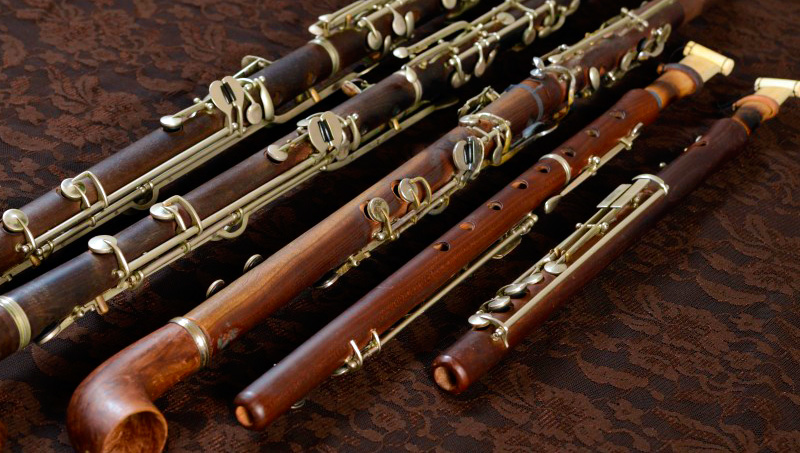
Beyond all traditional tours, monuments, and mountainous landscapes, Armenia can attract music lovers who are in search of different tunes. Welcome to the enchanting world of Armenian music, a rich mix of tradition, spirituality, and a vibrant cultural heritage.
Armenia’s musical heritage is a testament to its enduring history. The echoes of centuries-old chants resonate within the walls of monasteries. When traveling to this country do not miss a chance to feel the spiritual depth of Armenian music and unforgettable tunes of national instruments like duduk, zurna, shvi, or dhol.
And, of course, let’s not forget the beats of Armenian jazz, a genre that is extremely popular among local musicians. Fusing traditional elements with contemporary flair, Armenian jazz is a dynamic expression of the country’s creative spirit.
Let’s explore the ways music enthusiasts can discover new melodies and styles of Armenian music.
A Glimpse into the History of Armenian Music
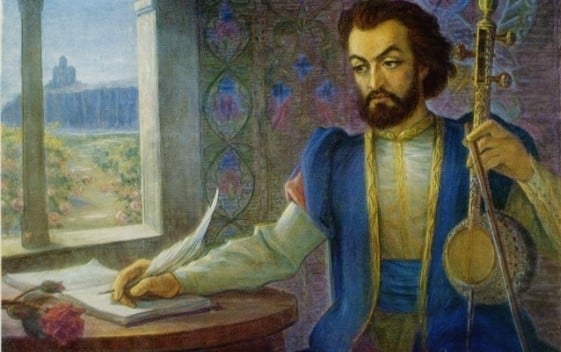
Armenian music carries a legacy as ancient as the 3rd century BC, a testament to the enduring spirit of a culture. The very first were the pagan rites documented by historians like Movses Khorenatsi and Pavstos Buzand. Then there are poetic fragments of pre-Christian songs, the melodies of Ara the Beautiful, and tales of Artashes. The 2nd-century BC song, recounting the saga of Armenian king Artashes and the Alanian queen Satenik, was one of the oldest musical pieces.
The adoption of Christianity in 301 AD marked a new era for Armenian music. The creation of the Armenian alphabet in 406 by Mesrop Mashtots played a pivotal role in preserving the texts of religious music.
At the same time, there is also a tradition of Armenian folk music. Ashugs and gusans were folk singers who were singing about life’s complexities, joys, and sorrows. Ashug Sayat Nova is an iconic figure in Armenian folk art. He left an indelible mark on Armenian musical heritage. Around 220 songs attributed to him have become timeless as they are performed today by modern Armenian folk singers.
Spiritual Music
After the introduction of an alphabet, Armenian music theory and composition became integral components of education at monastery schools. Notable figures such as Mesrop Mashtots, and Sahak Partev played crucial roles as music teachers and creators of spiritual songs during the 4th–7th centuries.
Armenian spiritual music, influenced by peasant songs, saw the emergence of the first sharakans – Armenian chats used during the liturgy. Unlike psalm, sharakans stood out for their melodious qualities. Armenian chants are sung with precise rhythm and specific rhythmic patterns, they have unique characteristics not typical of plainsong.
When visiting Armenia, you can listen to spiritual music during the liturgies in the Armenian churches. One of the most popular places among tourists is the Geghard Monastery where one can listen to the Geghard Ensemble. Their repertoire includes Armenian sacred and secular choral works.
Classical Armenian Music
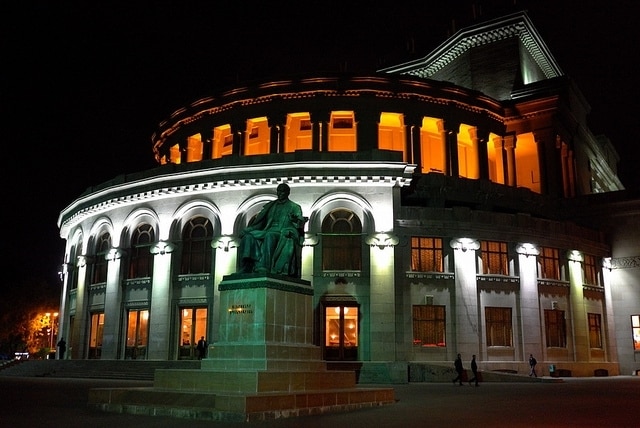
Armenian classical music resonates with the timeless contributions of iconic composers who have left an indelible mark on the world’s musical landscape. At the forefront is Komitas, the forefather of modern national classical music in Armenia. He is known as a person who revived Armenian national music. He faced the horrors of the 1915 Armenian Genocide, but his legacy was preserved as a symbol of Armenian musical excellence.
Another prominent figure is Alexander Spendiaryan, a key founder of symphonic and chamber music in Armenian classical tradition. And, of course, Aram Khachaturian – one of the most popular Soviet composers. His compositions, such as the renowned “Sabre Dance” from the ballet Gayane are celebrated globally.
Arno Babajanyan, born in Yerevan, is another musical luminary, influenced by the works of Khachaturian and Sergei Rachmaninov. His rich creative legacy spans classical, pop, and jazz genres, and his compositions feature prominently in beloved Soviet films. In the heart of Yerevan, a monument to Babajanyan stands as a tribute to his contribution to Armenian music.
Overall, recent years have witnessed a revival of the classical music scene in Armenia. The Armenian National Opera and Ballet Theater staging an impressive array of ballets and operas. Once you are in Yerevan, you cannot but see the Opera building in the heart of the city. Part of the building hosts the Aram Khachaturian Concert Hall, a national center of professional orchestral music in Armenia․
Armenian Jazz Scene
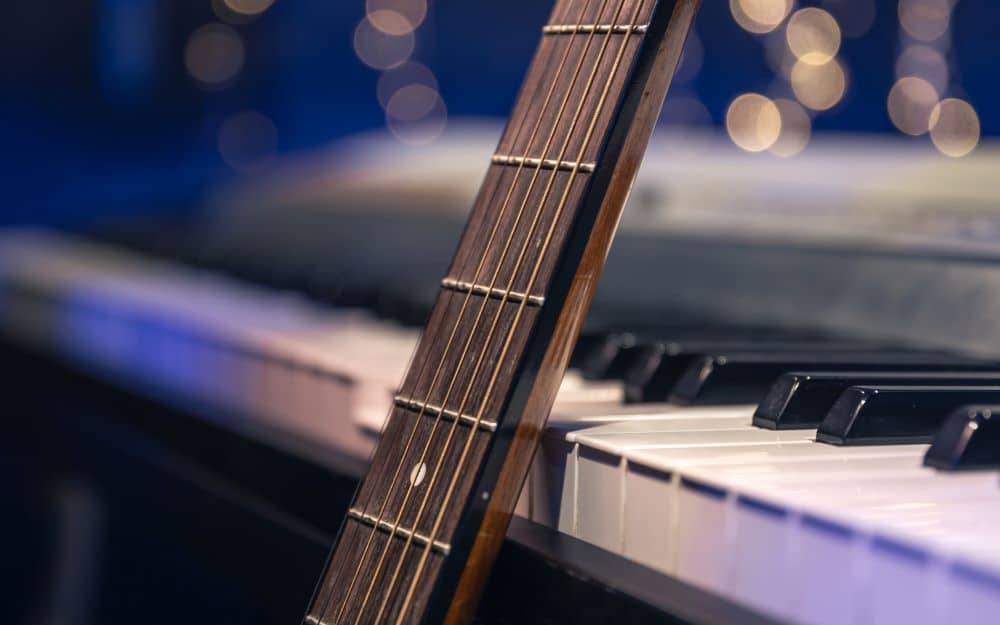
Yerevan, the capital city, stands as an ideal place for jazz enthusiasts seeking a unique, Armenian-infused musical experience. The roots of jazz in Armenia trace back to 1936 when composer Tsolak Vardazaryan founded the first jazz band in Yerevan. In 1938, the Armenian State Jazz Orchestra was established to become the first such orchestra in the Soviet Union.
Jazz in Armenia is a part of its nightlife. There are several famous jazz clubs, and one of them is the Malkhas Jazz Club. Founded by the contemporary pianist Levon Malkhasyan is a number one destination for jazz lovers. Besides, Malkhasyan has played a key role in promoting the genre’s growth in Armenia.
Here we cannot but mention one of the international jazz stars – Tigran Hamasyan, a contemporary composer and world-renowned pianist whose works are influenced by Armenian folk music.
Festivals and Events
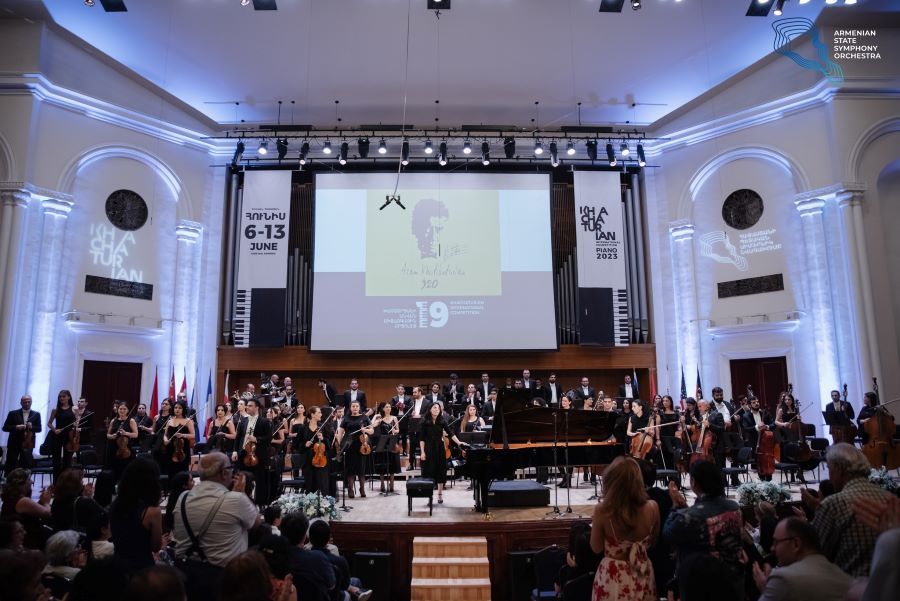
During the year, Yerevan hosts several interesting international music festivals and events. Every year the Khachaturian International Competition brings together young musicians in the categories of cello, piano, violin, and conducting.
For jazz enthusiasts, Yerevan is a must-visit destination. The city hosts the annual International Yerevan Jazz Fest. In addition, jazz clubs scattered across the city provide an intimate setting for enthusiasts to immerse themselves in the soulful and vibrant world of Armenian jazz.
There is also the Yerevan Music Night held in September that turns Yerevan squares and streets into stages for live music performances by popular singers and musicians.
